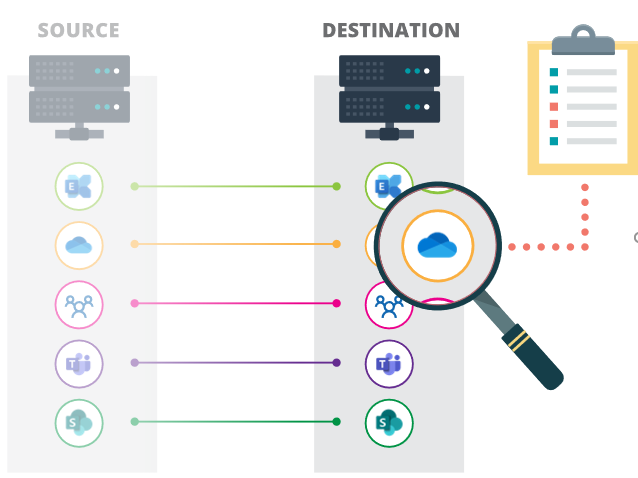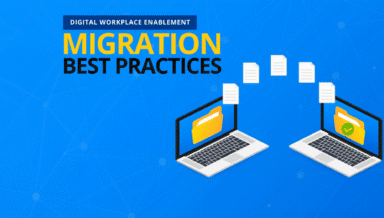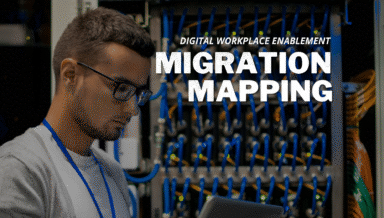This post features highlights from our free webinar “How to Get Office 365 Fast and Accelerate Remote Work.” Watch the full presentation for more in-depth information!
With the recent pandemic, it’s now more clear than ever why moving to the cloud is a necessity. If an organization is still using an on-prem environment, its employees will not be able to work remotely due to the necessity of being at an office to get access to company servers, documents, and more.
By moving to Office 365, organizations will be able to enable remote work for their employees in times of crisis and get access to impactful business apps–like Microsoft Teams–and all the tools that end users need to get work done!
But how can organizations that are on-prem succinctly move to Office 365, and what is the best migration strategy to do so? In our recent webinar, AvePoint’s Dux Raymond Sy and Tony Litvak show went in-depth on how your organizations can make the move to Office 365 and enable remote work faster and more efficiently. Here are a couple of highlights.

Identify Your Migration Approach
When it comes to migrating to Office 365, there are a few different approaches you can take. With each approach comes pros and cons, most of which are associated with either time it takes to move, how efficiently everything is moved, and if it’s compliant with any regulations the business needs to adhere to. The four different approaches we differentiate are:
- Migrate everything
- Selective migration
- Migrate & recertify
- Content burst
Migrate Everything
If you choose to migrate everything, it means you’ll have to migrate ALL source content. This sounds nice and convenient in nature since you won’t need to curate everything that’s migrated, but there are some pitfalls that need to be considered as well.

When it comes to the migrating everything approach, organizations should consider:
- Environment size and characteristics of data source
- Certification and impact on users
- Number and frequency of cutovers
- Migration time objectives
Migrate & Recertify
A migrate and recertify approach takes the above method and executes lifecycle management certification activities after the content has migrated. This helps with site recertification, content archiving strategies, content disposition, and more!

With this approach, organizations should consider:
- The need to recertify everything
- Some sources are less suitable for this strategy
- Gambling on the time vs. value of taking this approach
But what about the other approaches?
To get a complete breakdown of the migration approaches your organization can take to move to Office 365, be sure to sign up for our free on-demand webinar, Move to Office 365 Fast and Accelerate Remote Work. We not only break down all of the options, but also provide guidance on which are best for your needs.
We will also provide a migration framework that your organization can use when prepping and planning your move, which is critical to ensuring that issues like sprawl or roadblocks do not occur. Here is an example of the phases included in the framework:

Once you decide which is best for your organization, you can start moving to accelerate remote work. Best of luck!




